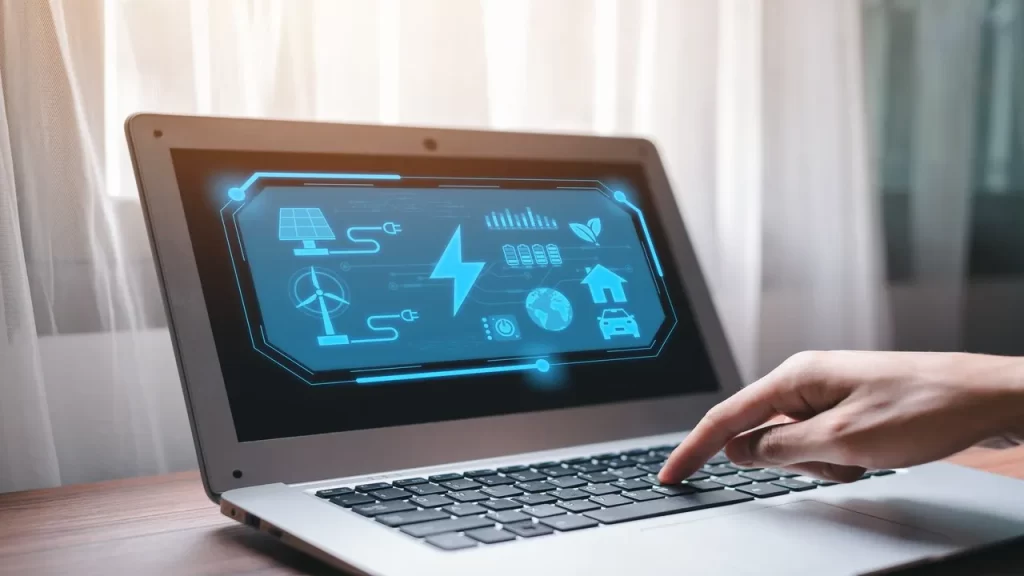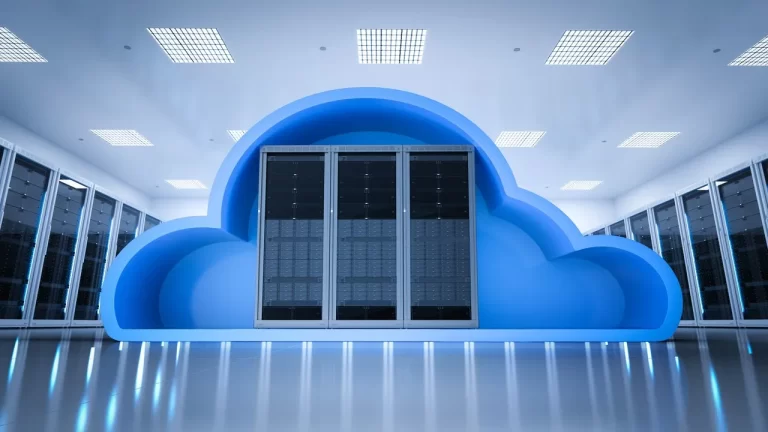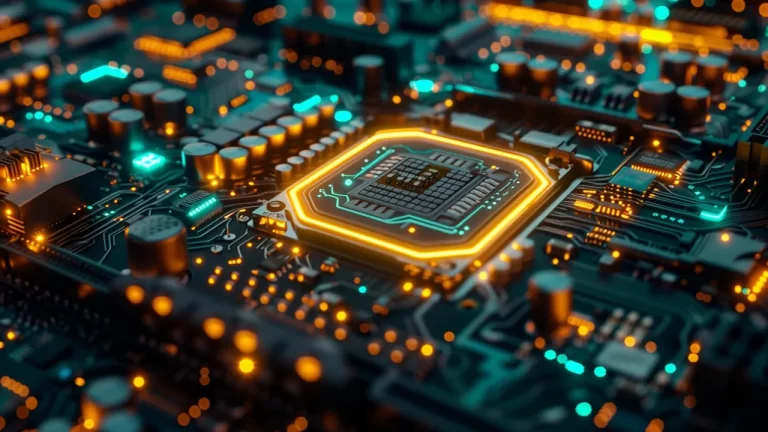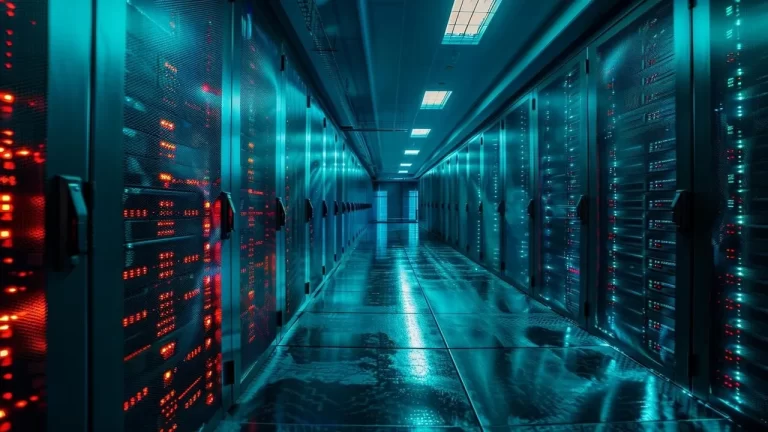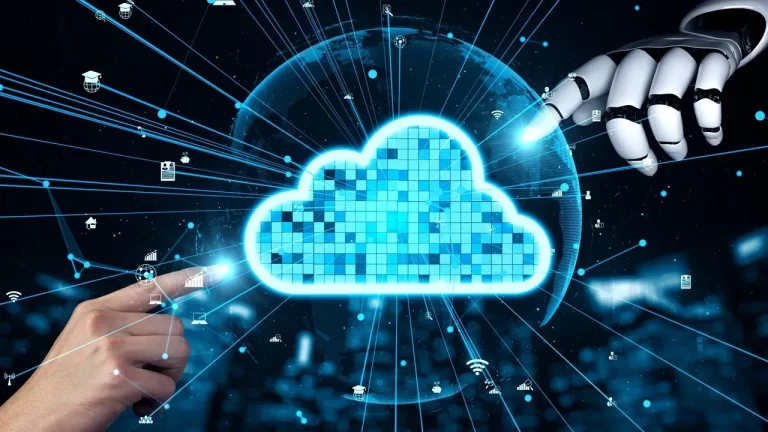Modern digital infrastructure depends on a Database center, which consumes large amounts of energy to run cloud computing data center platforms together with artificial intelligence and enterprise application systems. Power Usage Effectiveness (PUE) serves as a vital metric to assess data center utility of energy efficiency since energy efficiency stands as a vital operational concern. Better efficiency will result from low PUE readings, which both cut operational expenses and minimize environmental effects.
They could optimize their PUE through improved cooling technology deployments alongside renewable power solutions as well as AI-based power management systems. Industrial requirements now focus on building hyperscale data centers and edge data centers, which require maximum operational efficiency. The improvement of PUE matters for both environmental protection and the economic Colocation data centers operations.
Understanding Power Usage Effectiveness (PUE)
PUE stands for Total Facility Energy Consumption divided by Energy Used by IT Equipment Data. Using this formula helps determine PUE data center efficiency.
PUE=Total Data Center Energy ConsumptionIT Equipment Energy ConsumptionPUE = \frac{\text{Total Data Center Energy Consumption}}{\text{IT Equipment Energy Consumption}}
At a PUE level of 1.0, a data center operates most effectively by converting all its power into productive computing work. Actual business Virtual data centers handle electricity utilization rates between 1.1 and 2.5 because of how they operate and build their systems. Our present need for AI workloads and vigorous server cluster developments demands that data centers focus their resources on cooling systems and energy efficiency for better performance. Major tech companies like Google data center, Microsoft data center, Amazon data center, Equinix data center, Nutanix, VMware, and Broadcom keep enhancing their techniques to make PUE reach 1.1 and below through AI control systems and water-based cooling technology, along with renewable energy solutions.
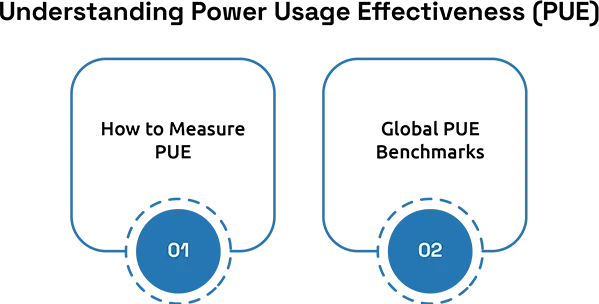
How PUE Measures Data Center Efficiency
PUE measurement helps Green data center operators understand how well their facilities use electricity, which helps them find problems with their power and cooling systems. Lower PUE helps computers use more power because cooling, power conversion, and infrastructure costs decrease.
The Power Usage Effectiveness number at a data center can change because of things outside the facility, like weather patterns, technology upgrades, and server activity levels. Data centers in lower temperatures use only free-air cooling to achieve their high PUE values, but facilities in higher temperatures pay for their mechanical cooling needs. By monitoring power usage in real time using AI analytics, organizations enhance their ability to adjust energy consumption patterns effectively.
Strategies to Improve PUE in Data Centers
PUE measurement helps data center operators understand how well their facilities use electricity, which helps them find problems with their power and cooling systems. Lower PUE helps computers use more power because cooling power conversion, infrastructure, and DCIM (Data Center Infrastructure Management) costs decrease.
The Power Usage Effectiveness number at a data center can change because of things outside the facility, like weather patterns, technology upgrades, and server activity levels. Data centers in lower temperatures use only free-air cooling to achieve their high PUE values but facilities in higher temperatures pay for their mechanical cooling needs. By monitoring power usage in real time using AI analytics organizations enhance Data center security their ability to adjust energy consumption patterns effectively.
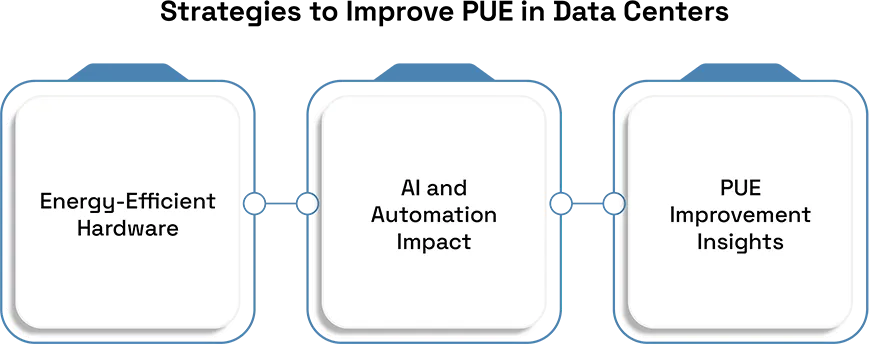
Challenges and Limitations of PUE as a Metric
Though PUE serves as a common measurement standard, it fails to display comprehensive data center resource effectiveness. The measurement does not consider water and energy sustainability levels along with carbon emissions. A data center with a low PUE from coal power electricity generates significant carbon emissions regardless.
Because this measuring method has shortcomings, the value of Water Usage Effectiveness (WUE) and Carbon Usage Effectiveness (CUE) metrics continues to grow in importance. International efficiency standards and sustainability organizations demand complete data center efficiency tracking because it helps achieve worldwide sustainability targets. Data center operators use various efficiency measurements, such as PUE, WUE, and CUE to operate their facilities responsibly.
Future Trends in Data Center Efficiency and PUE Optimization
Advanced artificial intelligence drives the development of better cooling systems to achieve maximum PUE optimization results. These intelligent systems now monitor energy activity in real time and forecast cooling requirements while automatically managing electricity distribution. DeepMind AI from Google has operated data center cooling systems better, with a 40% reduction in expenses.
Edge data centers and modular designs are becoming better alternatives to classic data center facilities for data handling. Smaller, localized facilities near data consumers let the information travel shorter distances, which prevents energy from being wasted when it travels long distances. New quantum technology and photonic data processing systems will help make data centers operate more efficiently, which brings PUE closer to perfect performance standards.

